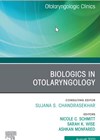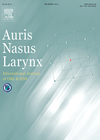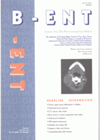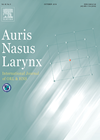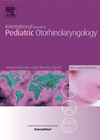
Journal Reviews
Biologics for deafness
Cochlear implants and hearing aids are inherently limited in their ability to restore ‘natural’ hearing. Biological therapy to treat inner ear pathology still is evolving rapidly with several ongoing clinical trials, though none are available for clinical practice to date....
Surgical outcomes of myringoplasty using platelet-rich plasma
Tympanic membrane (TM) perforations can affect people’s quality of life due to recurrent infections. Management is often by surgical repair. In this study, the authors investigated the outcomes of a minimally invasive approach of patch myringoplasty using an atelocollagen sponge...
Paper patching for aural fullness
This Belgian prospective study reported on the effect of paper patching on aural fullness of unknown aetiology. It looked at 22 patients who complained of aural fullness without any middle ear pathology. The patients were divided into a treatment group...
What are the non-inflammatory causes of a conductive loss?
This retrospective study looked at patients with an intact tympanic membrane with non-inflammatory causes – i.e. otitis media and cholesteotoma. They document their findings based on exploratory tympanotomy. They operated depending on the findings with either a stapedectomy or a...
How young is too young for tympanoplasty?
This paper presents the largest series of pre-school age children undergoing tympanoplasty compared with older children. The authors have collected much prospective data on 259 children undergoing 284 surgeries so were able to perform multivariate analysis. The age groupings of...

